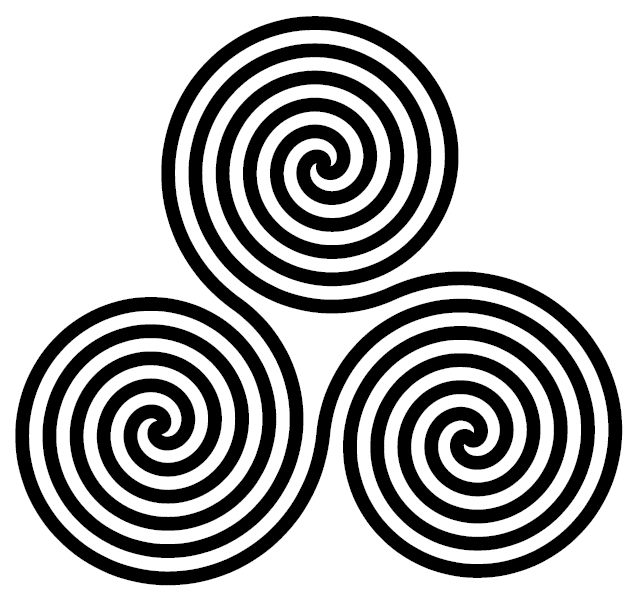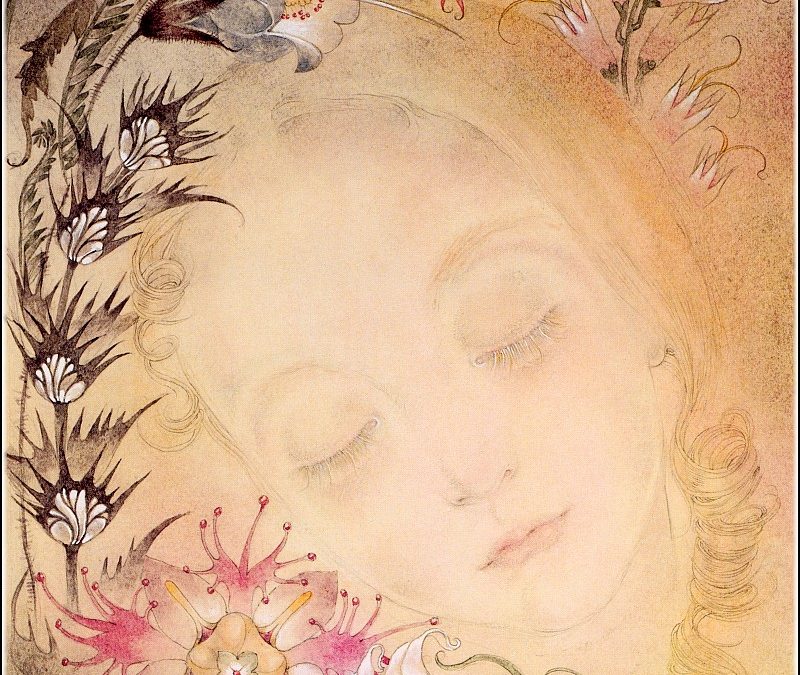As an educator who emphasizes wonder in my teaching, people sometimes ask me about the fairies. Why sing songs about fairies? Why now?
It might sound a little quaint. Is this just escapism? Cuteness? A whitewashing of the true complexity of the world? Won’t our children learn that, all too soon?
How long can we shelter them?
Yes… It’s staggering to think of what our children will face in their lifetimes.
Of what we all do.
One day, thirty or forty some years ago, our parents looked down at our own newborn faces, and thought about the world we were entering.
If they came of age in the sixties, like my parents, they probably had more than a few hopes for what our generation might accomplish to further the good in this world.
End racism. Pass the equal rights amendment. Learn to live sustainably. All those things they cared so passionately about, worked so hard to address, and ultimately passed on, still festering, to their children.
Now the wheel has turned. I look at my own children’s faces, and for a moment, I think I must be my mother, looking down at me.
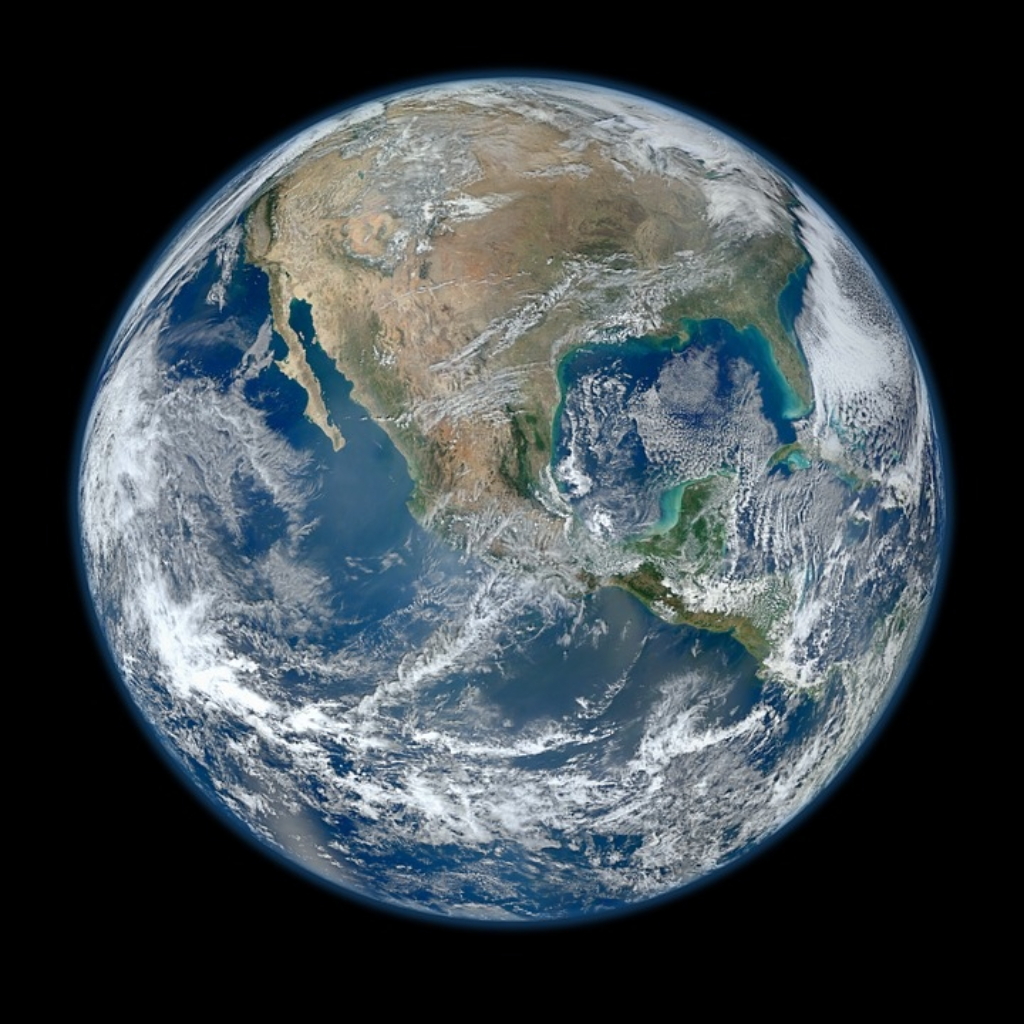
How can I prepare my children to meet the formidable challenges their generation will face?
With this question comes another one:
How did we get to this point?
Ecologically speaking, this is, as we know, a pivotal moment for humankind. Global warming, the poisoning of our waters, rapid population growth, species extinction, and the myriad other environmental issues facing our planet…
How did we get here? And from here, where can we go?
Some years ago, I became obsessed with this question. Obsessed enough to spend an entire graduate masters degree program exploring it. Later, I taught a college class called Spirit and Nature, with a syllabus that addressed exactly this. (Maybe a surprising thing to learn about me, that I used to be a college professor, but yes, it is true!)
In my Spirit and Nature class, we read a book called The Re-enchantment of Nature, by Allister McGrath. In this book, McGrath traces the roots of our current ecological crisis to the birth of an idea – the idea that the earth is devoid of spirit.
As McGrath explains it, the idea of spirit as something separate and distant from the material world began during the scientific Enlightenment, when Western civilization moved in the direction of valuing analytical, left brain thinking over more intuitive, feeling based ways of knowing.
Many people still believed in Spirit, but more and more, spirit was seen as separate from the material world, and in some sense opposed to it. With this ideological shift, peoples of European descent moved even farther from the kind of worldview that had allowed traditional people to live sustainably for generations.
With God lodged safely in the sky, the earth was now a mere object for our consumption. The less we collectively identify the presence of spirit in the earth, the more reckless we can be in our use of the earth’s resources, an attitude which has brought us now to “Earth’s eleventh hour.”
If McGrath is right, and the environmental crisis is the result of this ideological shift, then a path of return is also clear – it is to reawaken our knowledge of the innate sacredness of the Earth. McGrath calls this needed shift “The Re-enchantment of Nature.”
Re-enchantment means that we can learn to see with more than just the eye of reason – it means opening our senses, our heart, and our intuition along with our mind.
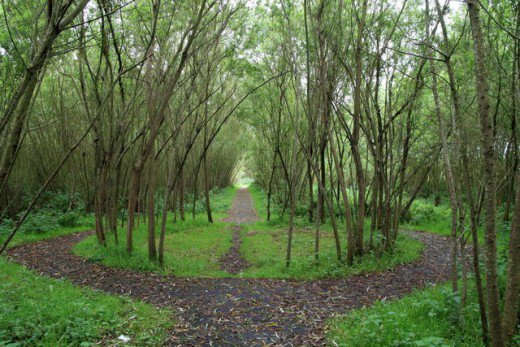
It’s one thing to know that for us to start treating the earth as sacred would be a good thing. It’s another thing entirely to know how to cultivate this ethos. But one place where I think it’s absolutely vital that we do so is in our children.
How can we nurture our children’s spiritual life in a way that will prepare them to act for the good on behalf of our planet, even at this difficult moment in our species’ history?
If we are religious, we might raise our children with prayer, blessings, religious holidays, and other traditions that help nurture our connection to the sacred. But when it comes to ecology, to interact with a sacred earth requires more than simply a belief in God. It means interacting with spirit in a way that is place-specific. It means getting to know our natural spaces deeply, and it means actively caring for those spaces in a way that involves us inextricably, in the web of life.
All of which brings me back to… The fairies.
Because, bear with me… With fairy stories, we have a wonderful, concrete, and highly effective means of nurturing the spiritual life of children.
You see, with magical beings like fairies, Spirit becomes something specific – something children can see, imagine, feel, even talk to.
Nature naturally inspires wonder, of course. But in magical beings, children access an aspect of nature that they can relate to in a language they know. They can interact in their native tongue – the language of play, story, and imagination.
It needn’t be fairies, either. What matters is what resonates for you.
Your culture. Your traditions.
Your ways of giving the sacred a name and a face your children can relate to.
Would you like to cultivate your own child’s sense of wonder in nature? If so, here are a few simple steps you can take.
1. Give Them Stories
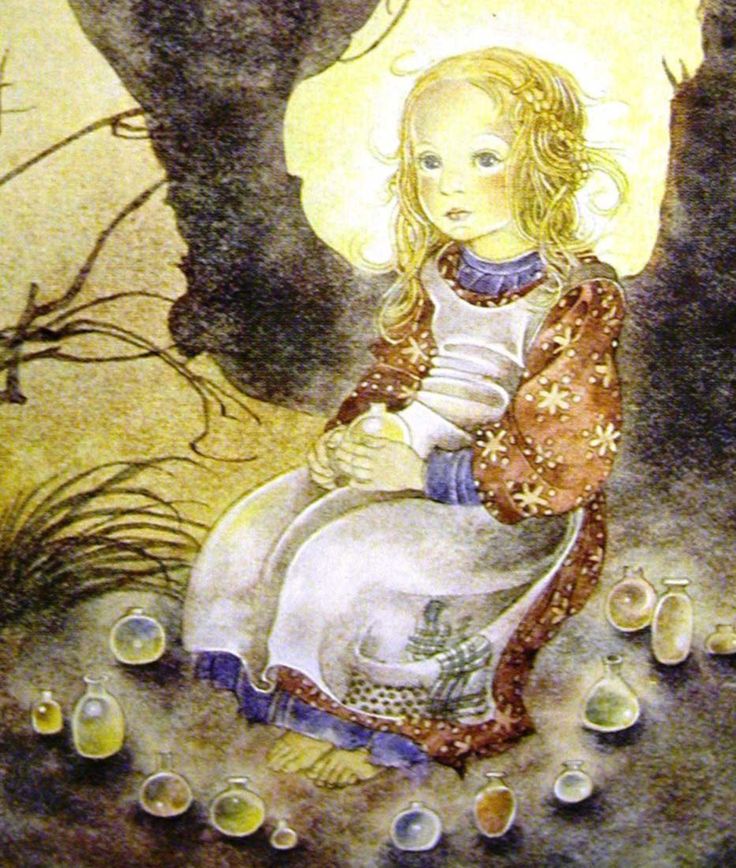
Art by Sulamith Wulfing
These might come from books, or from your own experience or imagination. Fairytales and folktales are full of characters that will help your child feel into the magic of nature.
But you don’t need to use existing stories. You can also weave the story into your own daily life. In our family, because my own ancestry is Celtic and Jewish, I am bringing our children the nature spirits of Pagan Europe. It started pretty organically one day… I think I may have mentioned once to my son that there were fairies living in the birch tree. And maybe I showed him how we could make an offering for them, using mud, sticks, flower petals, lego wheels, whatever we had on hand. 😉
But ever since that introduction, my son has been the main ambassador in our family’s relationship with the backyard fairies. He takes his duties very seriously, and I always love hearing his insights.
“Mama,” he says, “I think I understand the fairies better than anyone else in our family, don’t you? I think I really know what they like.” (Said while mixing cumin, turmeric, oat flour, xantham gum, garlic powder, and cupcake sprinkles in the kitchen to create a new offering!)
To nurture wonder in your child’s daily life doesn’t actually need to involves stories at all. It might be as simple as calling something in the natural world by a different name. When the wind blows, for example, I might say, “listen, I hear the wind children!”
Or you might refer to plants and animals with a name that acknowledges their mythic nature, too. There’s a tree I like to call “Grandmother tree.” When I do this, I am showing my children that a tree, like a Grandmother, has something to teach them, and that she is worthy of their respect and care.
2. Let Them Play
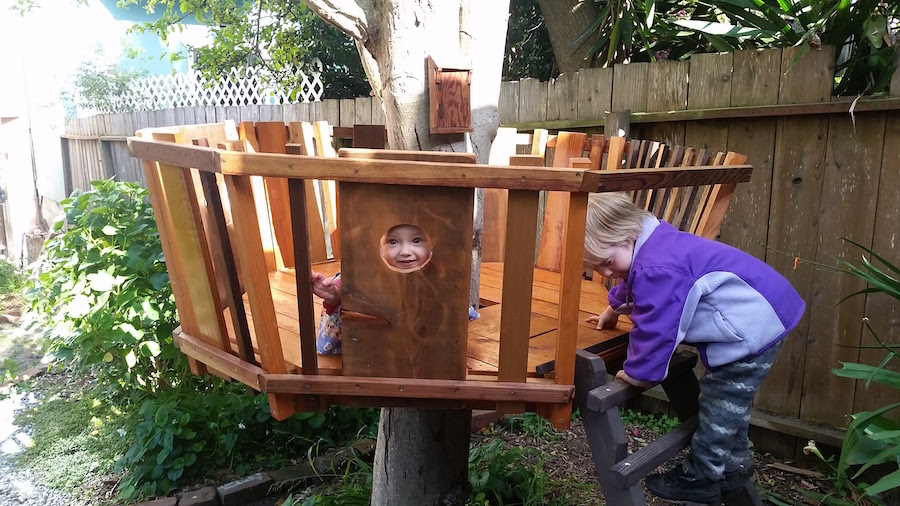
If you want to nurture your child’s sense of wonder, give them images but don’t tell them what to do with or think about those images. Instead, let them uncover their own answers. They will find their answers through play. They need to get muddy. Get wet. Plant things. Splash, dig, and collect treasures. There is nothing so rich for children as full-bodied, hands-on outdoor play.
3. Honor the Earth Together
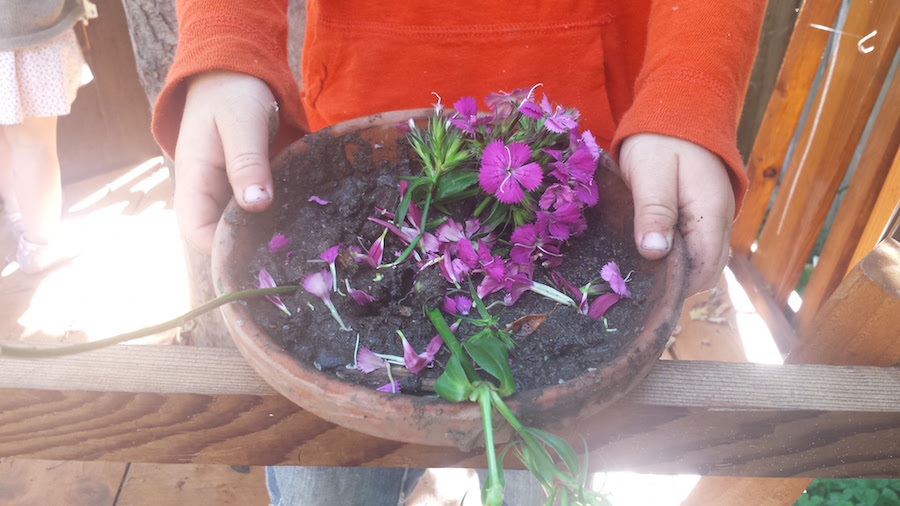
As much as it’s important to give our children space to develop their own relationship to the natural world, it’s also important to find ways to honor the earth together. Pretty much any holiday your family celebrates can be adapted to incorporate a nature element.
For example, on Valentine’s day, how about leaving a valentine for a place? It can be compostable… 😉 That tree in the Botanical Garden you love. Or an animal – the dove who wakes you up each morning cooing on the neighbor’s roof.
Whatever you do, at the heart of it is this:
To experience wonder in nature, usually all we have to do is to be present.
Open our senses.
If we don’t see, look closer.
A fairy says, “look closer.”
If you can’t find the wonder, look closer.
Like my favorite poem says, spirit “stops somewhere, waiting for you.”
If you enjoyed this post, here are a few ways to go deeper:
